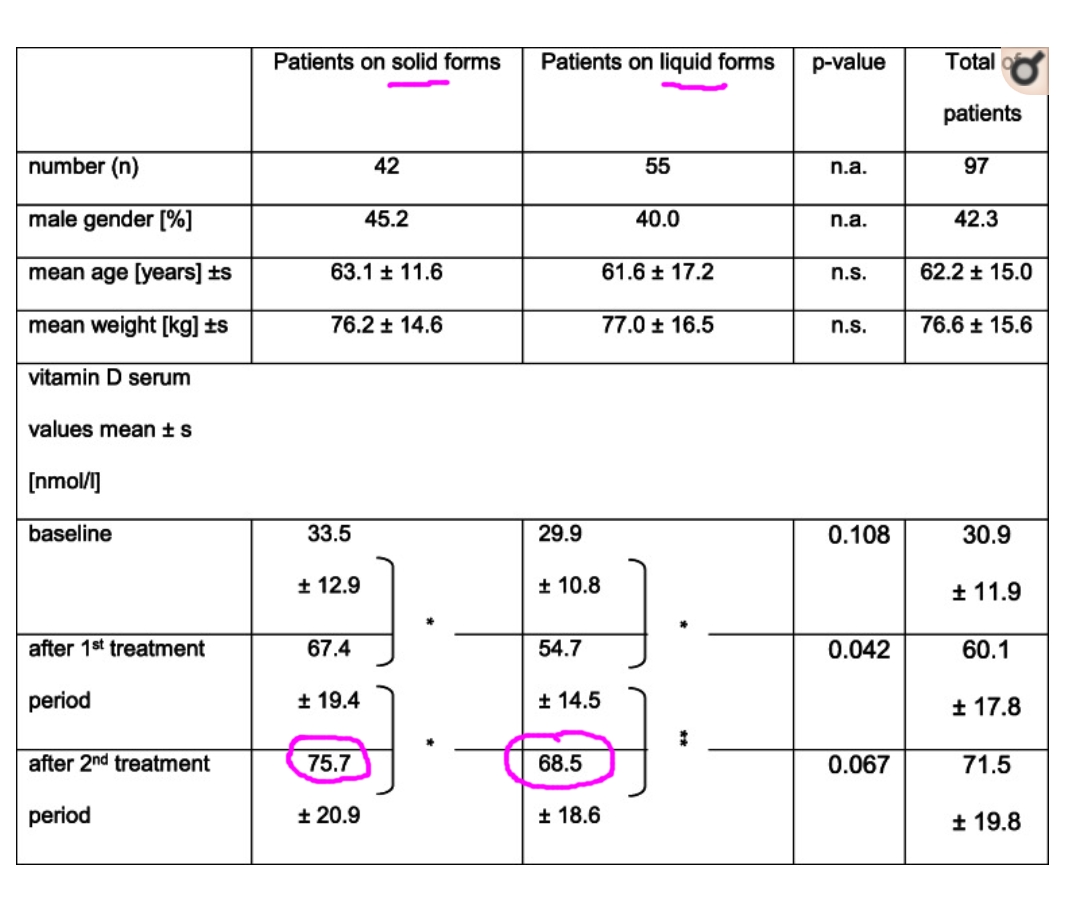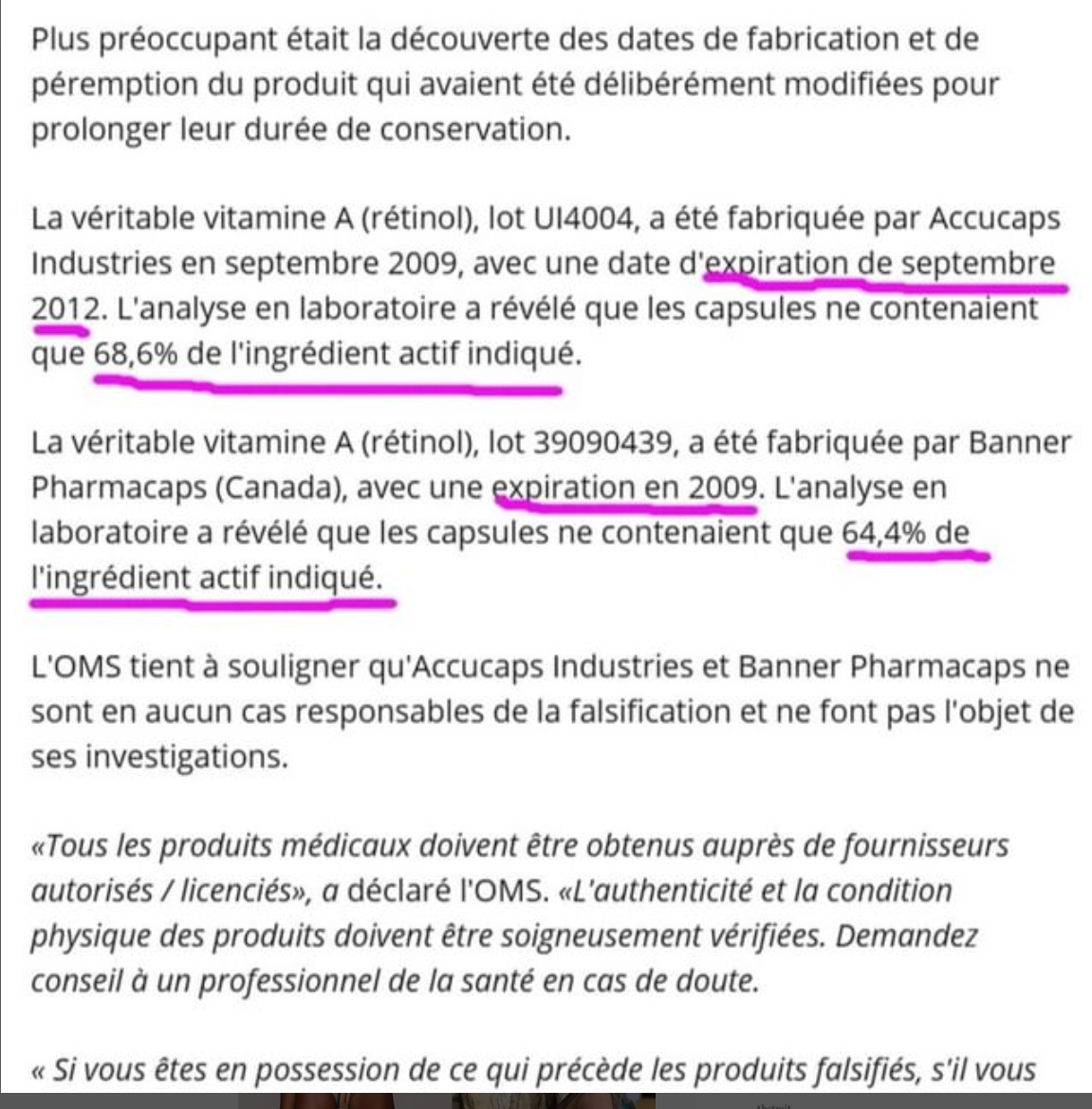

 Forum Nutrimuscle, Nutrition, musculation, transparence !
Forum Nutrimuscle, Nutrition, musculation, transparence !  Informations produits et groupes de tests Nutrimuscle
Informations produits et groupes de tests Nutrimuscle
Modérateurs: Nutrimuscle-Conseils, Nutrimuscle-Diététique
![]() par comesso13 » 10 Mar 2021 10:23
par comesso13 » 10 Mar 2021 10:23
![]() par Timal100 » 20 Mai 2021 16:04
par Timal100 » 20 Mai 2021 16:04
![]() par Nutrimuscle-Conseils » 21 Mai 2021 06:02
par Nutrimuscle-Conseils » 21 Mai 2021 06:02
Timal100 a écrit:La vitamine C est pas sensé éviter les rhumes ?
![]() par Vederal » 5 Oct 2021 08:03
par Vederal » 5 Oct 2021 08:03
![]() par Nutrimuscle-Conseils » 7 Oct 2021 13:46
par Nutrimuscle-Conseils » 7 Oct 2021 13:46
![]() par PaybackMan » 13 Oct 2021 13:22
par PaybackMan » 13 Oct 2021 13:22
![]() par Nutrimuscle-Conseils » 16 Oct 2021 15:00
par Nutrimuscle-Conseils » 16 Oct 2021 15:00
"Patient’s baseline vitamin D values were similar in both solid and liquid preparations groups (p = 0.108). The vitamin D values of all participants increased significantly in both treatment periods (p < 0.001) and with each pharmaceutical formulation (Table (Table1).1). After two treatment periods, the values of solid and liquid formulations were similar (p = 0.067)."
![]() par Nutrimuscle-Conseils » 16 Oct 2021 15:06
par Nutrimuscle-Conseils » 16 Oct 2021 15:06
![]() par Nutrimuscle-Conseils » 16 Oct 2021 15:11
par Nutrimuscle-Conseils » 16 Oct 2021 15:11

![]() par PaybackMan » 18 Oct 2021 07:07
par PaybackMan » 18 Oct 2021 07:07
![]() par The Joker » 4 Nov 2021 02:51
par The Joker » 4 Nov 2021 02:51
![]() par Anubis21 » 6 Avr 2022 12:51
par Anubis21 » 6 Avr 2022 12:51
![]() par Nutrimuscle-Conseils » 8 Avr 2022 11:51
par Nutrimuscle-Conseils » 8 Avr 2022 11:51

![]() par Nissart » 28 Juin 2022 13:57
par Nissart » 28 Juin 2022 13:57











